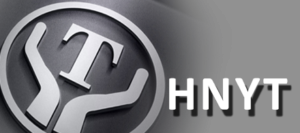What are the reasons why the controller of a mining trolley electric locomotive is easily damaged?
What are the reasons why the controller of a mining trolley electric locomotive is easily damaged?
Damage to the controllers of mining trolley electric locomotives can occur due to various reasons, primarily stemming from the quality of components and the frequency of operations. Here are some common causes:
1. Unreliable Component Quality:
One reason for controller damage is the unreliable quality of the controller’s components. In some cases, inferior quality components may lead to premature failure or malfunction of the controller, impacting the locomotive’s performance.
2. Frequent Operations:
Mining trolley electric locomotives often undergo frequent operations in harsh working environments. This frequent usage increases the wear and tear on the controller, making it susceptible to damage over time.
3. Resistance Speed Controllers:
Controllers relying on resistance speed regulation operate by switching contact groups to adjust speed and direction. Frequent contact can lead to the burning out of contact groups. Experienced drivers often carry spare contact groups onboard for immediate replacement when needed.
4. IGBT Controllers:
While IGBT controllers offer convenience, they are vulnerable to damage in harsh industrial conditions with fluctuating power supply voltages. High current surges resulting from voltage fluctuations can damage the controller’s control board and internal modules. Moreover, improper operation by drivers further increases the risk of controller damage. To address these issues, newer generations of IGBT controllers are being adopted, featuring modular designs and high-quality components to withstand harsh working conditions and resist impact damage. Additionally, the integration of fault diagnostic tools allows for the automatic detection of faults, simplifying troubleshooting procedures and facilitating quick module replacements when necessary.
In conclusion, damage to mining trolley electric locomotive controllers can result from various factors, including component quality, frequent operations, and improper usage. Implementing advanced controller designs and employing effective maintenance practices can help mitigate these risks, ensuring the reliable and efficient operation of mining locomotives in challenging environments.








